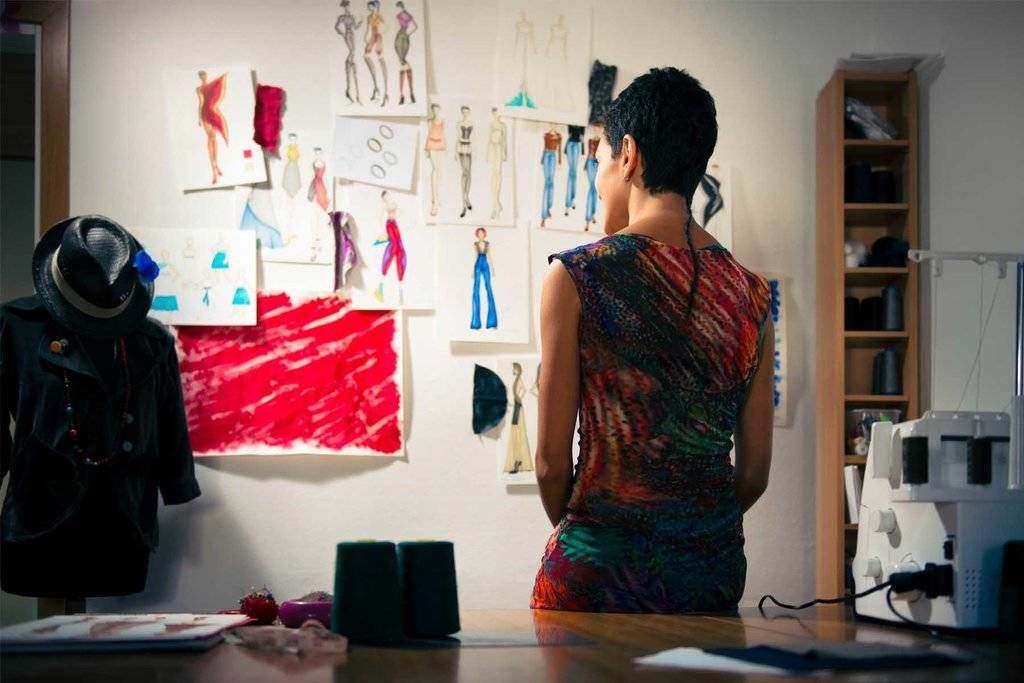Fashion retail strengthens itself with live data, reports and analyses for their omni-channel businesses.
Design meets analytics

When it comes to fashion retail, creative minds and analysts can learn a lot from each other.
In the fashion industry, the pressure head designers and their creative teams face is high at all times:
Meeting customer’s expectations, impressing them with various collections whilst staying true to the brand image; exceeding the wishes of trendsetters, and yet processing ecological fabrics into fashionable quality goods at reasonable prices. Another kind of pressure gets noticeable very quickly as soon as the presentation of merchandise in the flagship stores as well as the entire branch network is in place. Every new collection needs to sell quickly and show profits immediately. The fashion industry is fast-evolving and the next collection is already in line for delivery at the central warehouse. At the same time, the depreciation rate and mark-downs should be kept as small as possible and monitored constantly. Additional KPIs, such as purchasing volume per customer, efficient deployment of personnel at the POS, aging structure of articles on the sales floor, product availability in all sizes in relation to the smallest possible safety stock and last but not least, the conversion rate are highly relevant in brick-and-mortar retail.
Pursuing the same objective
Fashion designers and analysts pursue the same overall objective: Both are expected to quickly generate sustainable revenue. The most important factor is to turn customers into loyal ones, but how? When and why does a customer come back? This happens when the range of products as well as the price, service and quality meet the customers’ expectations. Another aspect is to enable customers to switch between all sales channels – e.g., a click in the web shop and reserving a product in-store needs to be integrated seamlessly. Lasting positive experiences with sales personnel also keeps customers coming back. This also requires that the sales team is aware if an article is available in the requested size or offers to ship it directly to the customer’s home from another store.

Manual processes are a thing of the past
Designers have always had creative ideas, however, in the past, controllers didn’t have the chance to analyse data in real time. Therefore, they used historical data from unconnected IT silos, and unfortunately very often drew wrong conclusions, e.g. with regards to the size distribution across the entire store network. Today, dashboards reveal on a daily basis without any manual effort, which quantities in which sizes sell best in which stores.
This enables fashion retailers to adapt quickly to any changing circumstances – all based on accurate data. Automated real time analysis and predictions make the in-store management future-proof and, above all, competitive.
Future Heroes
An active control of data is the only chance to realise a future growth strategy in fashion retail. Retail area managers, head of merchandise planning, management and controlling are able to compare the different sales locations faster, without having to wait for quarterly or annual figures. The required key figures are provided automatically and prepared visually on a daily basis.
If the creative mind does not run out of ideas, and the analyst correctly interprets the relevant data for more sales and lower process costs with the right tools, they will continue their successful course into the future.
Image Source: IStock, Copyright: diego_cervo, Saklakova.jp
